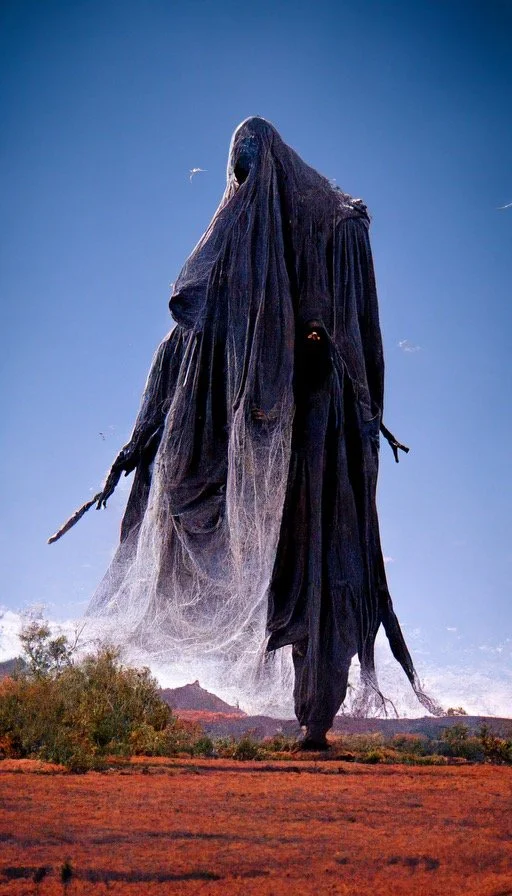Canberra's Haunted Archive
Change is often considered one of the constants of life. Weather, people, governments, norms—they all change over time. The sun rises to its apex, and the sun sets into its nighttime course. Buildings are erected, and buildings decay to dust. People are born, and people are committed to the grave. Time is a double-edged sword; we benefit, in ways, from the onward marching of time, and, yet, we are also doomed by time’s incessant ticking. Change also plays a factor, often, with how things are used. Objects, whether great or small, can be repurposed for other applications. Famous buildings are no exception. One such famous building that was repurposed for a more modern use can be found in Canberra, Australia.
Canberra is the site of the National Film and Sound Archive. However, it did not always welcome visitors interested in film, television, and music. As a matter of fact, its previous visitors usually never left…alive. To be fair, though, they did not arrive there alive. Prior to 1984, the facility was the Australian Institute of Anatomy. The Institute’s basement was used as a morgue where actual human skeletons lined the corridor walls. Over one hundred human skulls were kept there. One room called the “Blood Room” was where the deceased were drained of their fluids. In that room, a trench was formed in the floor to catch the fluids. Nowadays, visitors to the blood room often describe eerie feelings, sometimes even feeling faint. Famously, it is said that a visiting electrical contractor was once pinned to the wall by an unseen spirit. It is also said that children visiting the Archive have reported seeing a young girl hiding behind a grate.
Without the context of history, people frequently just take things at face value. The real history of the National Film and Sound Archive in Canberra would not be known by anyone unless they received a brief history lesson on the building. How many places that we visit have “a history” of some sort, whether supernatural or not? That is a hard question to answer. It can be said, though, that with a historical understanding and lens, much, even in our own communities, has more than meets the eye. Perhaps that “more” just might be a haunted place.

